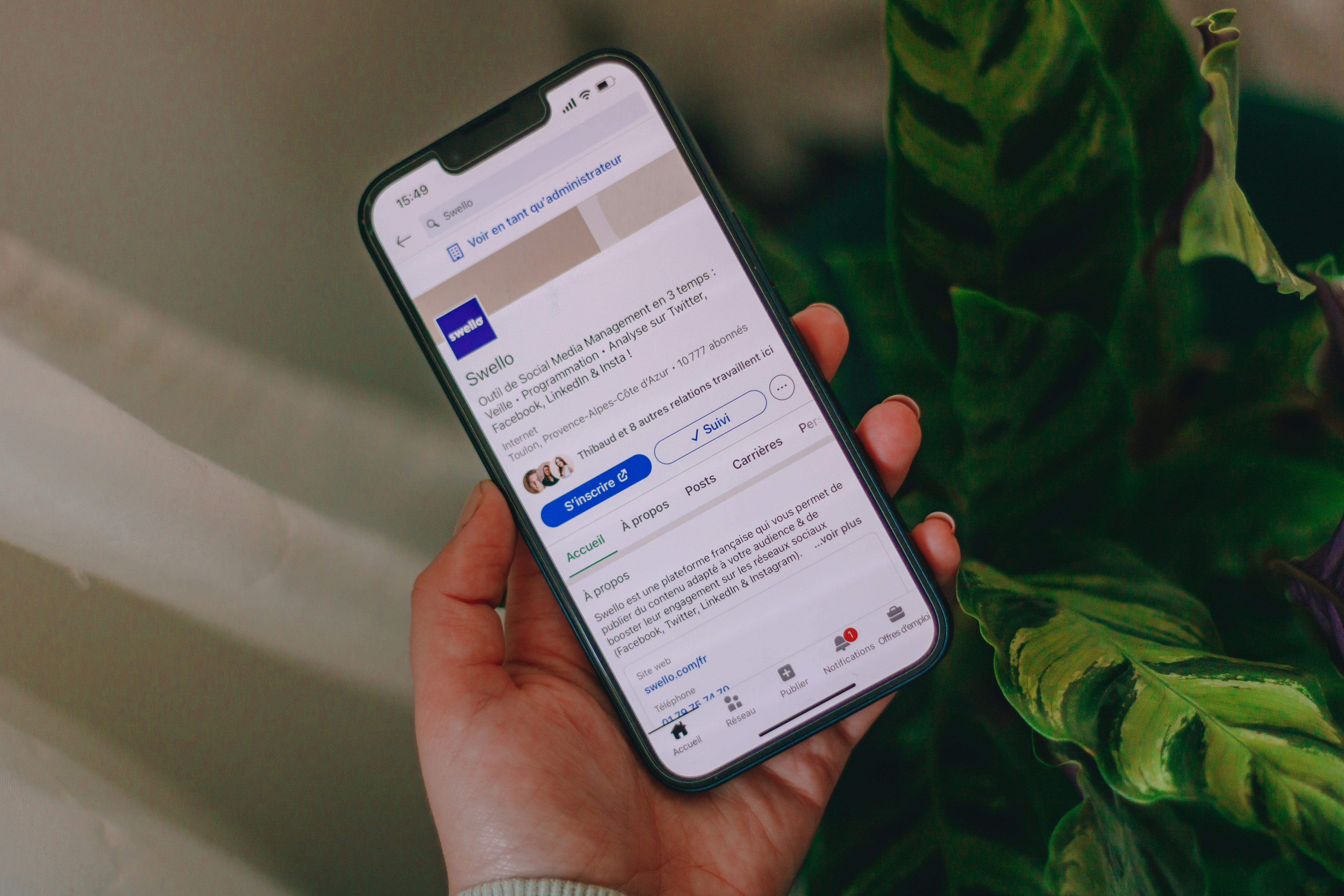
Top 10 Skills in Data Science According to LinkedIn & Indeed Job Postings
Data science isn’t just a buzzword — it’s the engine powering innovation in sectors across the UK, from finance and healthcare to retail and public policy. As organisations strive to turn data into insight and action, the need for well-rounded data scientists is surging.
But what precise skills are employers demanding right now? Drawing on trends seen in LinkedIn and Indeed job ads, this article reveals the Top 10 data science skills sought by UK employers in 2025. You’ll get guidance on showcasing these in your CV, acing interviews, and building proof of your capabilities.
Quick Summary: Top 10 Data Science Skills Employers Want in 2025
Statistical analysis & experimental design
Programming (Python/R) & data libraries (NumPy, pandas, scikit-learn)
Machine learning algorithms & model evaluation
Deep learning & frameworks (TensorFlow, PyTorch)
Data visualisation & storytelling (Tableau, matplotlib, Plotly)
SQL & data querying skills
Cloud & MLOps (AWS SageMaker, Azure ML, model deployment)
Natural language processing (NLP) & text analytics
Domain knowledge & business acumen
Communication & cross-functional collaboration
1) Statistical Analysis & Experimental Design
Why it’s essential:At the heart of data science lies statistics. From hypothesis testing and confidence intervals to A/B testing design and causal inference, employers want people who ground decisions in solid empirical rigour.
What job ads often say:“Strong statistics background”, “experience designing experiments”, “familiarity with hypothesis testing, p-values, power analysis”.
How to evidence it on your CV:
“Designed A/B test raising customer conversions by 12%, ensuring statistical significance with 95% confidence.”
“Applied logistic regression and power analysis to guide sample size, reducing Type I error risk.”
Interview readiness:Be ready to walk through how you’d set up an A/B test or interpret a p-value drop.
2) Programming (Python/R) & Data Libraries
Why it matters:Python and R remain the most widely used tools for building data science applications. Employers expect fluency with libraries like pandas, NumPy, scikit-learn, and R’s tidyverse.
What job ads often say:“Proficiency in Python or R”, “experienced with pandas, NumPy, scikit-learn”.
How to evidence it:
“Built forecasting pipeline using Python with pandas and statsmodels, decreasing error by 18%.”
“Created R Shiny dashboard that visualised key KPIs for executive reporting.”
Interview readiness:Be prepared to write a short data manipulation snippet or describe your favourite data wrangling functions.
3) Machine Learning Algorithms & Model Evaluation
Why it’s core:Whether you’re building predictive models or classifiers, employers want candidates who understand algorithm strengths/weaknesses, cross-validation, bias-variance, hyperparameter tuning, and evaluation metrics (ROC-AUC, F1, MAE/MSE).
What job ads often say:“Experience with supervised and unsupervised learning”, “model evaluation techniques”, “hyperparameter tuning”.
How to evidence it:
“Trained Random Forest to predict churn, optimised hyperparameters via grid search, achieving AUC of 0.87.”
“Used clustering and silhouette scores to segment customers, improving targeting by 20%.”
Interview readiness:Expect to discuss how you’d select and evaluate a model for a given business problem.
4) Deep Learning & Frameworks (TensorFlow, PyTorch)
Why it’s rising:From image analysis to time-series forecasting to advanced structuring, deep learning skills—particularly in TensorFlow or PyTorch—are increasingly featured in UK job ads.
What job ads often say:“Experience with deep learning frameworks like TensorFlow or PyTorch”, “CNNs/RNNs/transformers a plus”.
How to evidence it:
“Fine-tuned transformer model on text classification task, improving F1 by 7%.”
“Built CNN for image defect detection, achieving 92% accuracy with PyTorch.”
Interview readiness:Be ready to explain layer types, overfitting avoidance, and training best practices.
5) Data Visualisation & Storytelling
Why it’s vital:Technical insight isn’t useful until it’s heard—and employers look for data scientists who can convey results with clarity through visualisations using tools like Tableau, Plotly, and matplotlib.
What job ads often say:“Data visualisation skills”, “able to translate data into insights for stakeholders”.
How to evidence it:
“Created interactive Tableau dashboard that tracked customer journey metrics, adopted widely by marketing.”
“Built Plotly visualisations in notebook to explain weekly sales trends to non-technical managers.”
Interview readiness:Be prepared to walk through a chart you built and what it reveals.
6) SQL & Data Querying Skills
Why it’s foundational:Data scientists spend a lot of time extracting and transforming data using SQL—common in data warehouse environments. Employers routinely ask for complex query skills including JOINs, windowing, and CTEs.
What job ads often say:“Strong SQL skills”, “complex querying and data extraction from warehouses”.
How to evidence it:
“Extracted and joined datasets using window functions to calculate cohort metrics in under 5 seconds.”
“Optimised query performance by indexing and partitioning large fact tables.”
Interview readiness:Be prepared to write a SQL query that groups, filters, or ranks data.
7) Cloud & MLOps (AWS SageMaker, Azure ML, Deployment)
Why it’s in demand:As productionisation becomes standard, employers look for candidates who can deploy models into cloud environments, monitor performance, and automate workflows using tools like AWS SageMaker or Azure ML.
What job ads often say:“Experience in deploying models on AWS/Azure”, “MLOps pipeline exposure”, “production ML”.
How to evidence it:
“Deployed model using SageMaker (endpoint + monitoring), decreasing latency to under 100ms.”
“Built CI/CD pipeline for model deployment using Azure ML, enabling seamless re-training.”
Interview readiness:Be ready to sketch deployment architecture and describe retraining or rollback strategies.
8) Natural Language Processing (NLP) & Text Analytics
Why it’s growing:Text analytics—especially with applications such as sentiment analysis, topic modelling, chatbots, and document summarisation—are increasingly requested in job postings.
What job ads often say:“Experience with NLP tasks, transformers, embeddings, spaCy, NLTK”.
How to evidence it:
“Built sentiment analysis tool using fine-tuned BERT, achieving 85% F1 score on reviews dataset.”
“Used spaCy for named entity recognition to extract company names and entities from documents.”
Interview readiness:Be prepared to explain tokenisation, embeddings, and how you evaluate an NLP model.
9) Domain Knowledge & Business Acumen
Why it gets you hired:Understanding the business context—in finance, healthcare, retail, or government—elevates what you do from technically impressive to commercially impactful.
What job ads often say:“Domain knowledge (e.g., healthcare, finance) preferred”, “ability to translate analytics into business recommendations”.
How to evidence it:
“Designed predictive model to reduce loan defaults, improving approval process efficiency.”
“Analysed patient outcome data in NHS pilot, informing process improvements and reducing wait times.”
Interview readiness:Be ready to link your technical approach to cost savings, revenue uplift, or operational improvement.
10) Communication & Cross-Functional Collaboration
Why it matters:Data scientists work with product, engineering, marketing, and leadership teams. Employers value individuals who articulate technical insights clearly and influence decisions.
What job ads often say:“Strong communication skills”, “stakeholder engagement”, “present to non-technical audiences”.
How to evidence it:
“Presented model R² and business benefit to exec team, securing expansion approval.”
“Led workshops aligning data approach with user experience goals.”
Interview readiness:Expect scenario-based questions where you explain technical results to a business stakeholder.
Honorable Mentions
Causal inference & uplift modelling
Recommender systems (collaborative filtering)
Anomaly detection
Time-series forecasting
How to Prove These Skills
Portfolio: GitHub notebooks or dashboards showcasing end-to-end projects (e.g., Kaggle-style challenge, NLP demo).
CV: Impact metrics (accuracy gains, revenue uplift, efficiency improvement).
ATS optimisation: mirror terms like “Python, NLP, SageMaker, SQL, experimental design”.
Interview prep: have project stories ready — problem → approach → results → trade-offs.
UK-Specific Hiring Signals
Finance & fintech in London emphasise forecasting, anomaly detection, and compliance.
Healthcare and life sciences (Oxford, Cambridge) value NLP and statistical rigour.
Retail and e-commerce in Manchester, Leeds demand recommender systems and visualisation skills.
Suggested 12-Week Learning Path
Weeks 1–3: Statistics & hypothesis testing + SQL & Python basicsWeeks 4–6: Supervised learning + model evaluation techniquesWeeks 7–8: Deep learning and NLP fundamentalsWeeks 9–10: Model deployment & MLOps + dashboards/storiesWeeks 11–12: Capstone: end-to-end project with deployment, visuals, and documentation
FAQs
What is the most in-demand data science skill in the UK?Experience in statistical modelling and Python with machine learning continues to top the list.
Do employers expect deployment skills?Yes — MLOps and productionisation (e.g., SageMaker, Azure ML) are increasingly common requirements.
Is domain knowledge important?Absolutely. Contextual understanding sets data scientists apart, particularly in regulated sectors.
Are soft skills essential?Yes. Communication and storytelling remain critical for influencing decisions and driving adoption.
Final Checklist
Headline & About: emphasise data science focus
CV: highlight impact — accuracy, revenue, latency, insights
Skills section: stats, programming, ML, NLP, deployment, visualisation, business context
Portfolio: Jupyter notebooks, dashboards, deployed models
Keywords: align with UK job postings for best match
Conclusion
To succeed in UK data science roles in 2025, you need a blend of statistical rigour, programming strength, machine learning know-how, deployment experience, and communication ability. Master these ten skills—and back them up with results—and you’ll align with how LinkedIn and Indeed define the data scientists in demand today and going forward.


